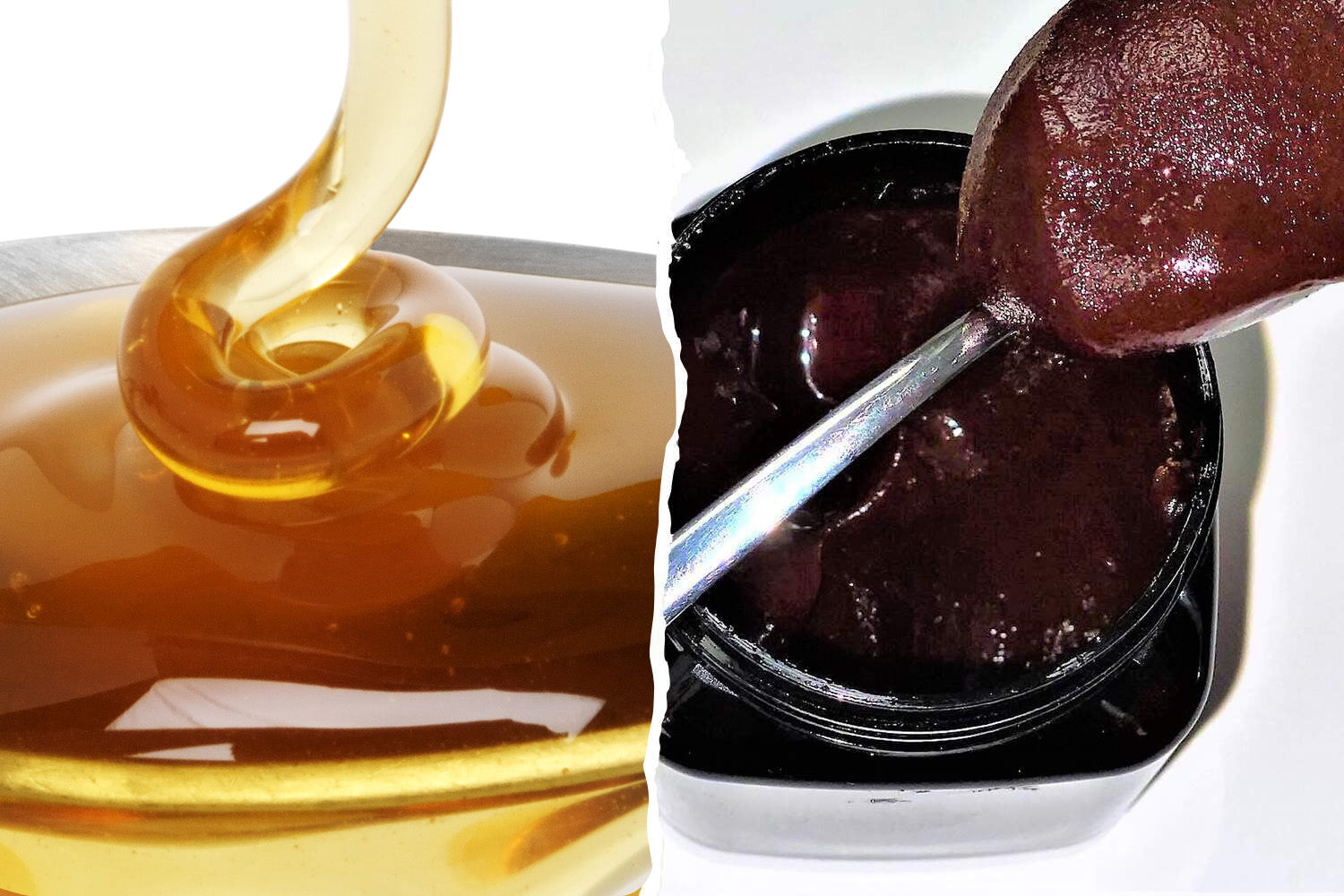
Manuka honey is getting lots of attention for its excellent healing properties and curing potential. People all over the world are witnessing its restorative capacity. This natural therapeutic superfood is now in huge demand. But, whenever you get online to fetch some for yourself, you might be left in confusion when you see labels like Mono-floral or Multi-floral Manuka honey. Let’s chase off all your confusion! Here, we will discuss everything you should know about different types of Manuka honey. Let’s go!
What is the difference between Manuka Honey and Normal honey?
Just to begin with, let’s recall the difference between mono-floral Manuka honey and regular honey. Regular honey can be sourced from any flower, while mono-floral Manuka honey is obtained solely from the flowers of the Manuka tree. Honey, in general, is a natural, delicious dessert with health-promoting abilities, but Manuka honey is one step ahead when it comes to health benefits owing to its remarkable antioxidant, anti-inflammatory, and antiseptic properties. Also, Raw Manuka Honey from New Zealand is darker, thicker, and more flavourful than normal honey.
What is the difference between mono-floral and multi-floral Manuka honey?
The name itself indicates the difference between mono-floral and Multi-floral honey. Yup, the mono-floral honey is harvested from a single type of flower only, while the Multi-floral honey can be made with the nectars from different flowers. Most of the local raw honey is Multi-floral in nature. When we say that this is a mono-floral Manuka honey, we mean that it is purely and specifically made out of Manuka flower nectar bought by the bees.
While multi-floral Manuka honey is predominately (over 60%) nectar from Manuka flowers, with the balance coming from the surrounding varieties of flowers, the source of nectar greatly influences the taste and properties of honey. While mono-floral honey is jam-packed with several antioxidants and healing power, the multi-floral Manuka honey has a less distinct flavor, yet it still has significant health benefits.
How is the purity of Manuka honey determined?
There are several grading methods used to grade the purity of Manuka honey. It is mainly based on the content of methylglyoxal, Leptosperin, and DHA. These methods generally result in a number that is intended to imply its purity, but these grades are not standardized, and the numbers can be confusing; however, mono-floral Manuka honey has a higher score than multi-floral Manuka honey.
Why is Monofloral Manuka honey so expensive?
The main reason for its high price is the insanely higher amount of natural antibacterial activity present in it. Methylglyoxal is an excellent natural antiseptic and antimicrobial agent. Also, the recovery of nectar, exclusively from Manuka flowers, is a tedious job. It requires a huge number of Manuka blossoms, which only blossom for six weeks every year and can only be found in remote areas of New Zealand.
Because the Manuka tree only blooms for 4-6 weeks a year, setting up beehives and harvesting honey with 100% purity costs money and is a lot of hard work, making the finished product a premium superfood at the high end of the market. Global demand for mono-floral raw Manuka honey from New Zealand is also tremendous.
Now, this difference isn’t only in the case of Manuka honey; there are several other mono-floral kinds of honey out there, like orange blossom, raspberry blossom, blueberry blossom, and Hawthorne honey.
Which one is the best?
Honey, whether mono-floral or multi-floral, has benefits, both nutritionally as well as therapeutically. If you want to harvest all the health benefits of the Manuka plant, then go for mono-floral Manuka honey and if you want a mild-tasting, naturally blended Manuka honey with a better spreadability, then go for multi-floral Manuka honey. As said earlier, 100% pure Manuka honey has a strong earthy flavor and thick consistency, while multi-floral Manuka honey is more fluid-like with a sweet flavor.
I hope this information helps you to choose the one that suits your needs. Isn’t it just wonderful that nature has such delicious health potions for us? Which one are you planning to savor? Comment below!
What are the different types of and why it is getting lots of attention? Let’s find out how Mono-floral is different from Multi-floral Manuka honey and from other manuka honey.
